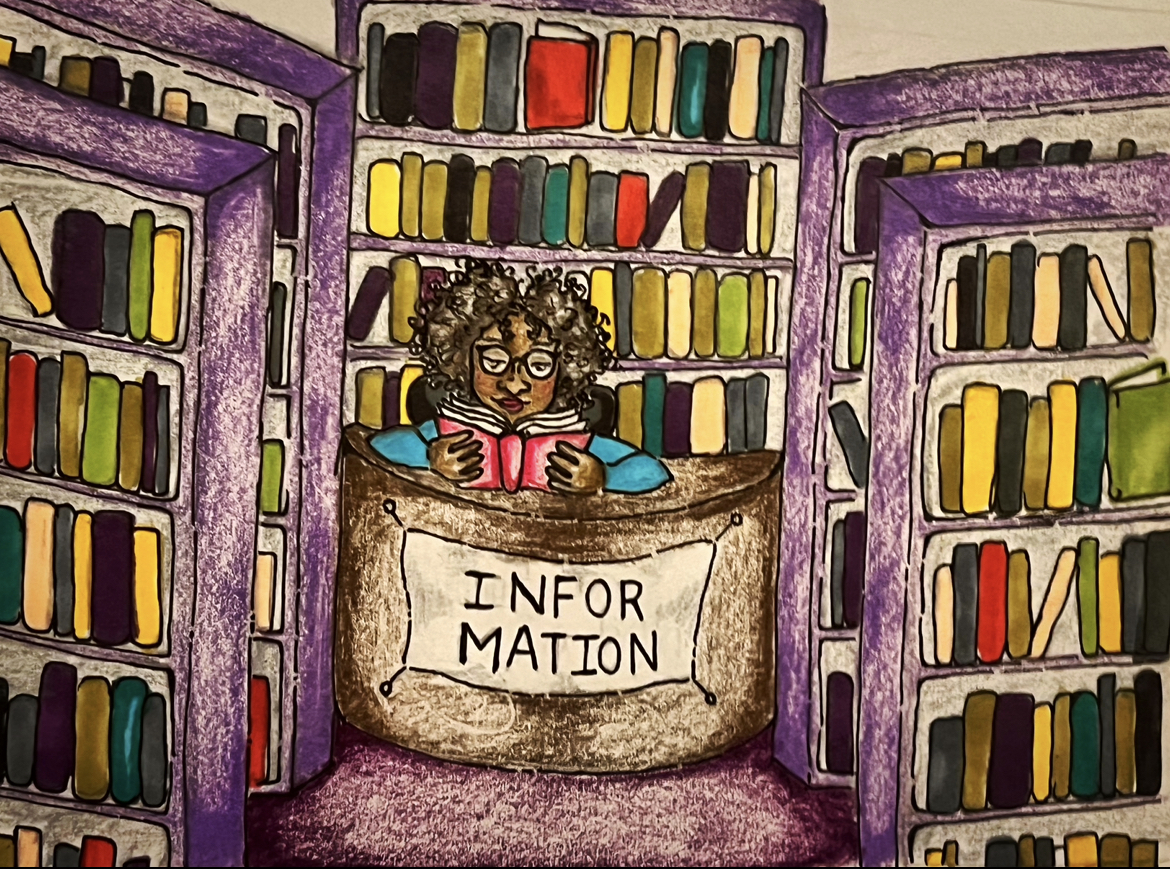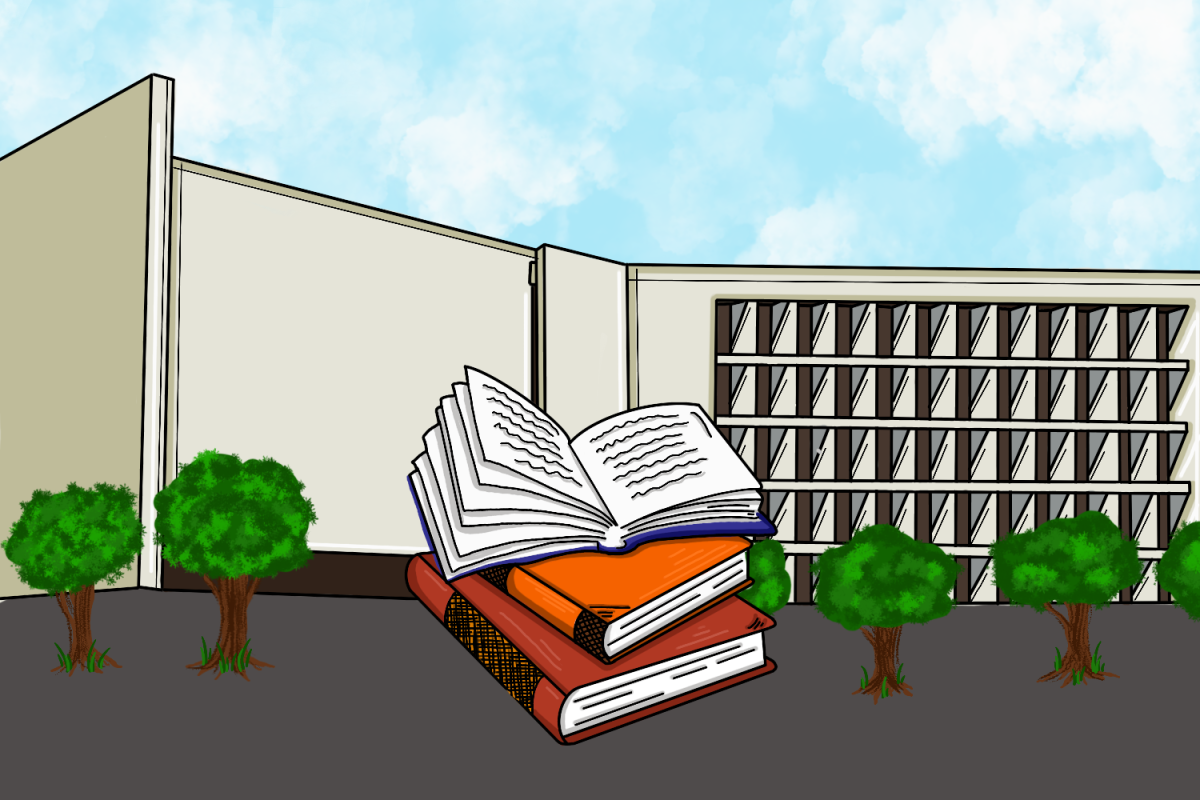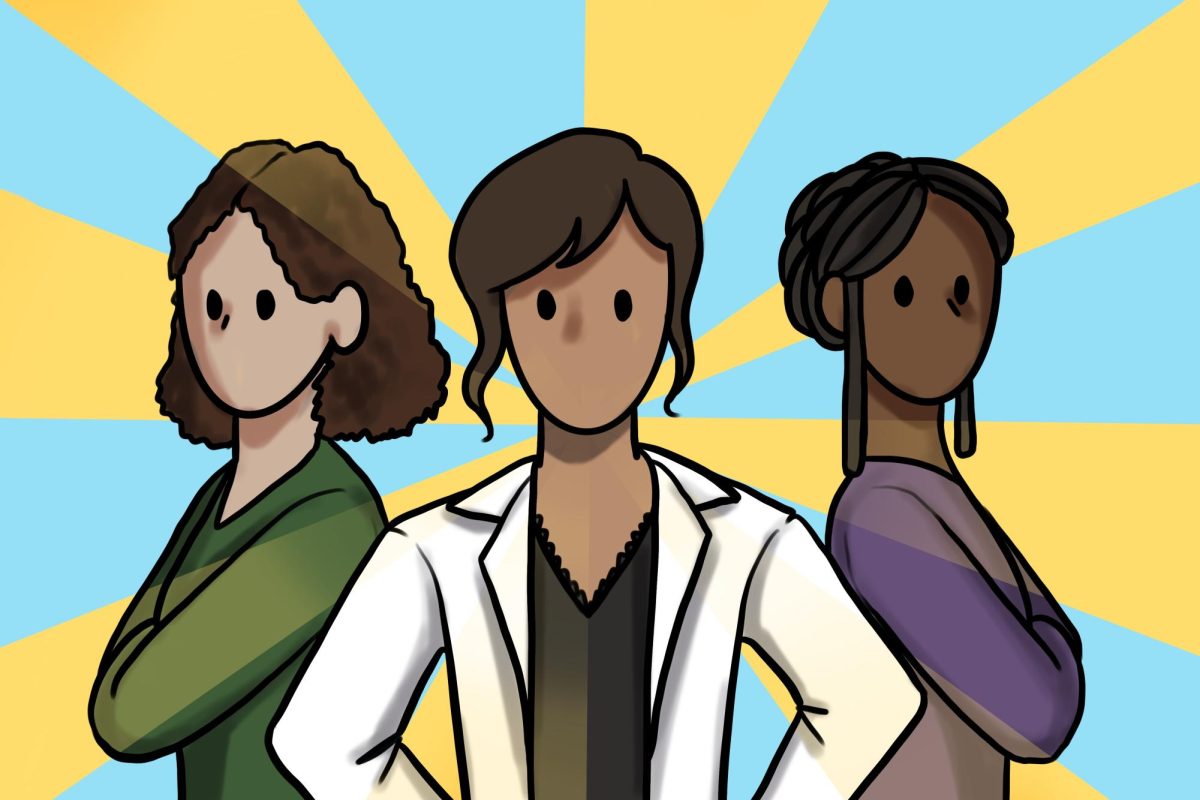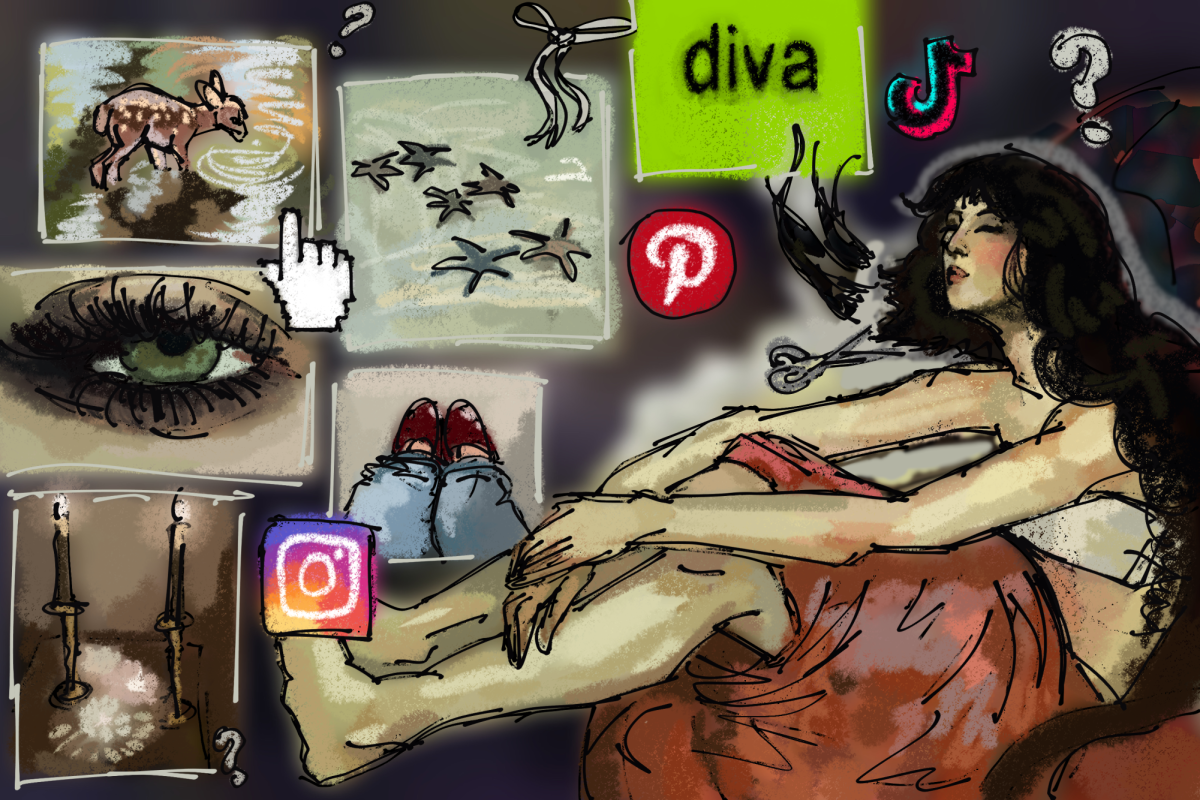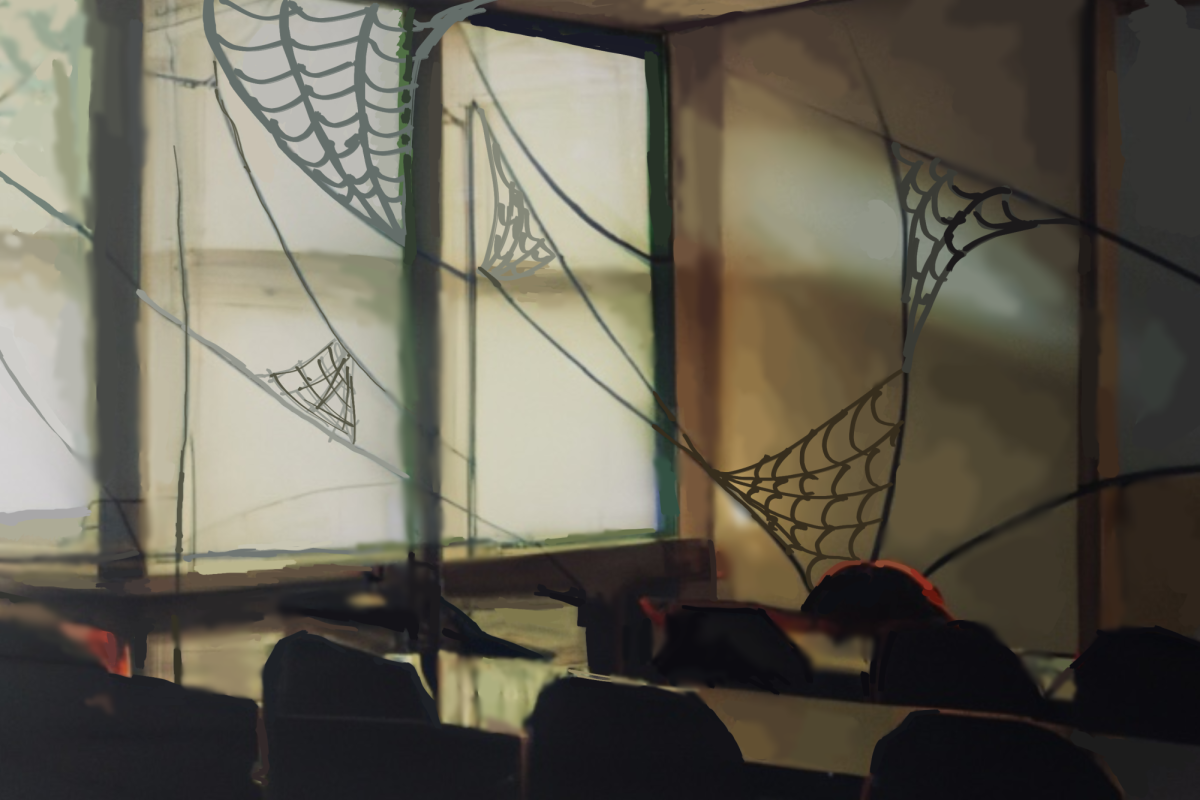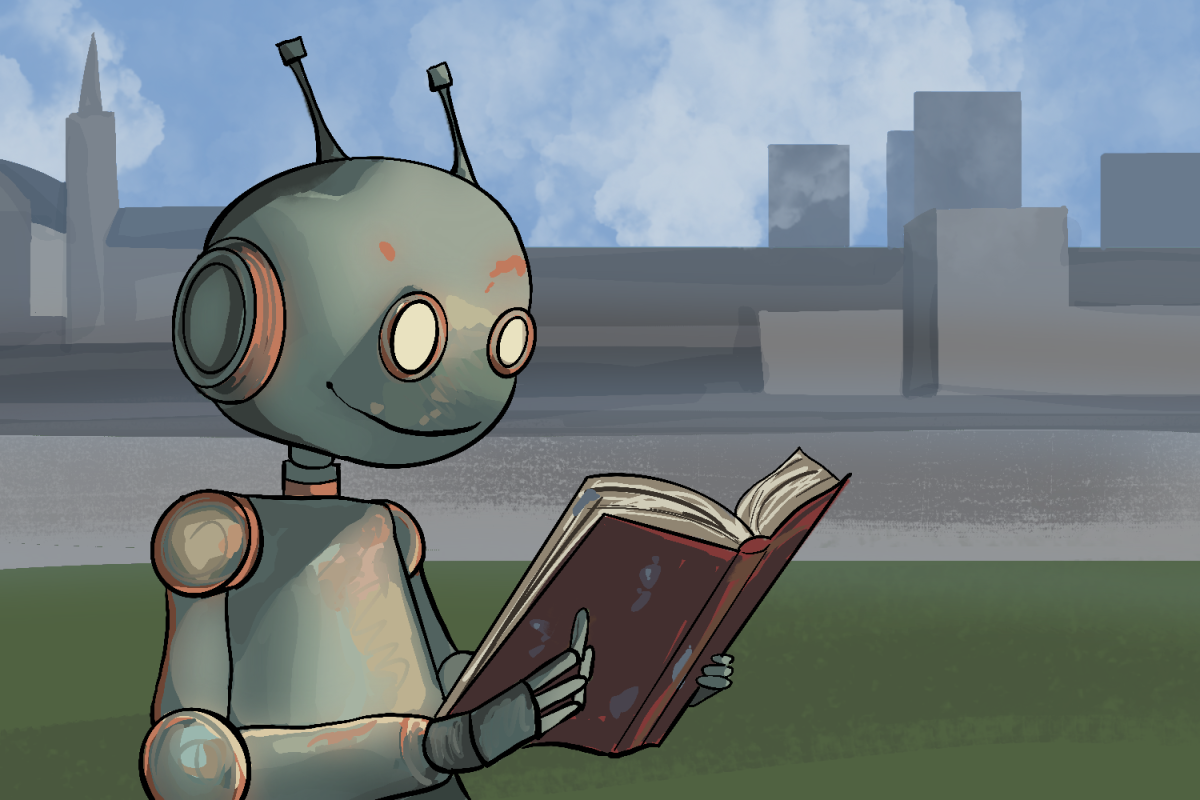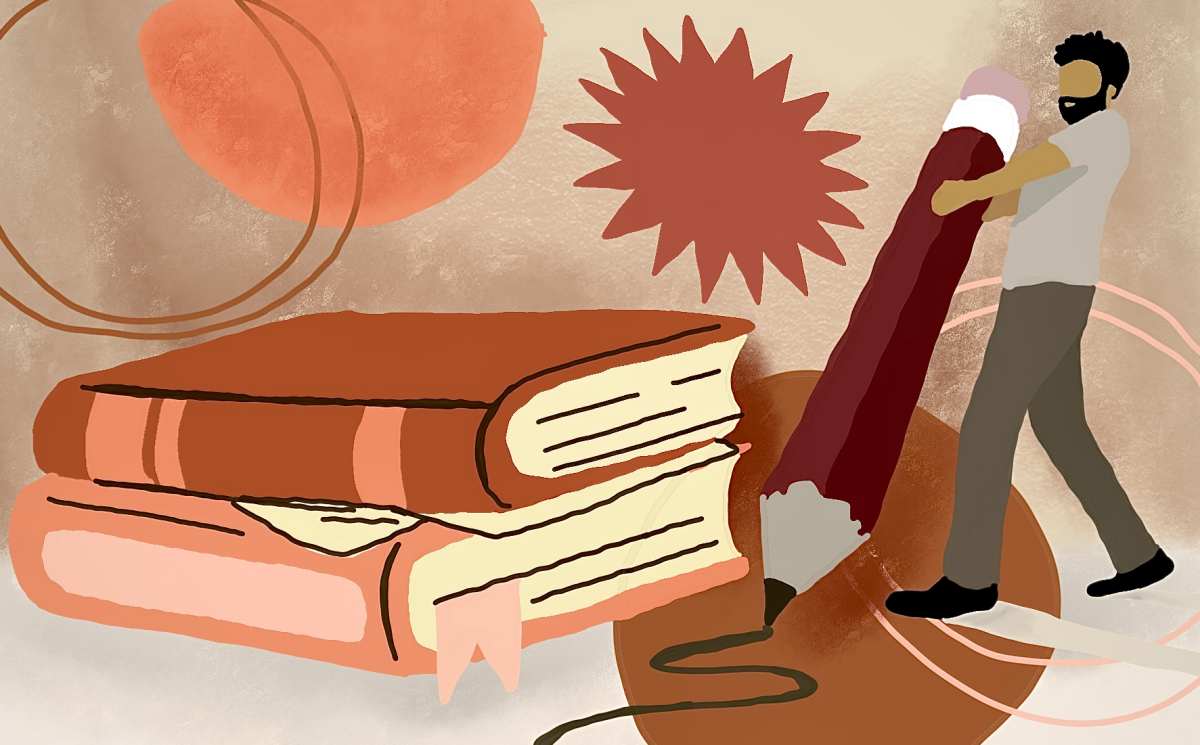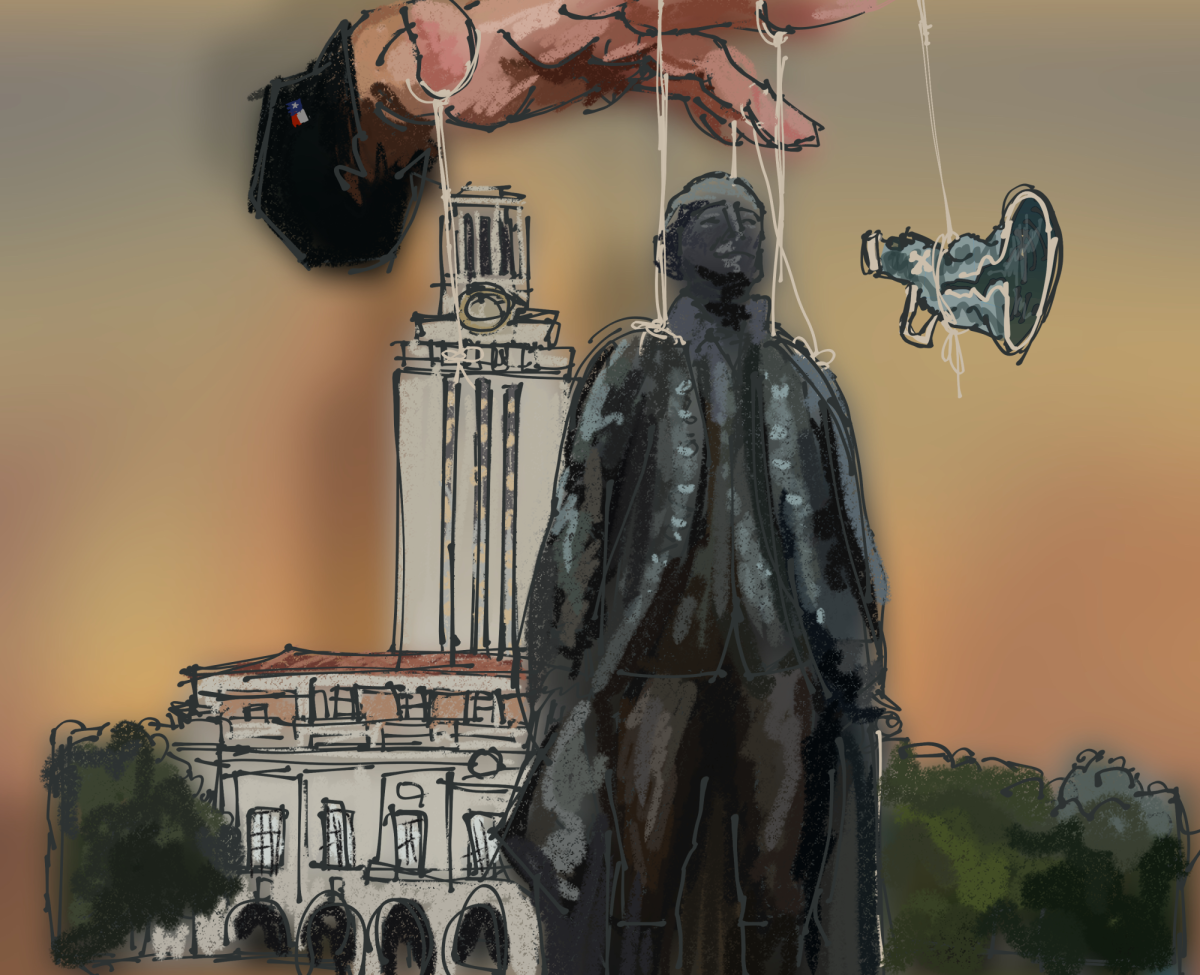Information literacy is more valuable now than ever. As new journal articles and research databases flood the internet, conflicting information is published online every day. From navigating news outlets to writing research papers, students must wade through all of this material to determine what’s true. Signature courses, required for all first-year students, even recognize information literacy as an essential element of the class.
For students with little or no previous research experience, navigating databases and finding relevant sources can be overwhelming. When designing their courses, professors should make greater use of librarians to better help students develop the necessary research skills they need to succeed at UT in the long term.
Michele Ostrow, assistant director of Teaching and Learning Services, said the most important thing librarians do is train students to think critically about the information they find.
“Some of the greatest strengths that (librarians) bring to the University are our ability to support research through our collections,” Ostrow said. “We build their expertise, and connect everybody, including students, with those research resources in ways that enrich their research and that … fulfill their needs.”
While professors teaching signature courses have the option to work with a librarian, not all do. This creates a missed opportunity for students to develop the information literacy they will need when conducting higher-level research and writing thesis papers.
“Doing research, those skills are not self explanatory for students, nor are they something that we as professors can necessarily teach about, even though we do research as well,” said Yolanda Padilla, a professor of social work and women’s studies. “Librarians have the terminology, they have the newest information on databases.”
Padilla’s social work-based UGS course “How to Change the World” partners with information a University literacy librarian to teach students how to find and vet resources for research papers.
“For things to be meaningful, they have to be anchored in students’ experiences and interests,” Padilla said. “(Undergraduates) are already heavy duty critical thinkers. But we don’t want them to lose that, and we want to build on it.”
It’s clear that professors who teach lecture-based courses with hundreds of students have different needs than those of professors who have only a few students in seminar courses. Building a long-term project alongside one librarian may not be feasible for all professors, but incorporating library services doesn’t have to mean constant collaboration: librarians are able to work alongside professors to create assignments tailored to specific classes’ needs.
“Whatever it is that you’re wanting students to learn … we help you design the assignment so that it maps onto your own learning outcome,” Ostrow said. “A lot of times, (professors) think we only do one thing, like show up and give a presentation. But we actually are teachers, and so if they come and talk to us, we can really get to something that’s really beneficial for them and their students.”
Librarians bring value to research-heavy undergraduate courses. The importance of teaching students information literacy should not be underestimated. Professors should recognize the advantages of developing assignments with librarians and adjust their curriculums accordingly.
Henningsen is an advertising junior from Austin, Texas

